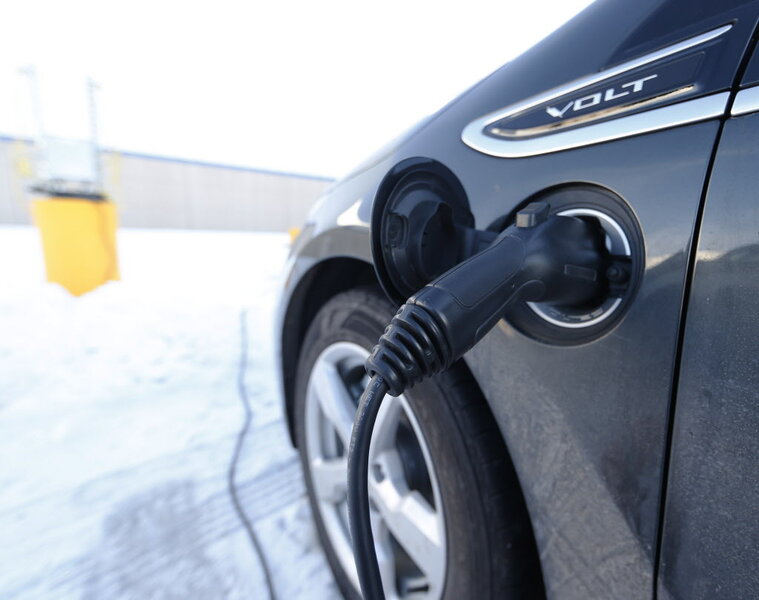Money for clean-car incentives in Rhode Island comes from an unexpected place
Loading...
Rhode Island is one of the many states to offer purchase rebates for new electric cars.
Under the recently introduced Driving Rhode Island to Vehicle Electrification (DRIVE) incentive program, buyers can get up to $2,500 for their electric-car purchases.
But the money for this program doesn't come from taxes, or any of the other sources government programs are often funded from.
Rather, the money comes from penalties collected for violations of environmental laws.
In addition to being rather poetic, this funding source would seem to help silence critics of electric-car incentives, who often chafe at the use of taxpayer money to subsidize consumer car purchases.
Granted, this "dirty money" has added just $200,000 to the DRIVE program's coffers, according to HybridCars (via Autoblog).
But considering Rhode Island's small size and population, and relatively low electric-car sales, that should be enough to last awhile.
So far, the state has paid out $17,500 in rebates for the program, which applies to new electric-car purchases or leases since January 29.
The first $100,000 for the program came from the "Petroleum Violation Escrow" and "Stripper Well Oil Overcharge" funds.
These funds were left over from multi-state lawsuits against oil producers, and Rhode Island previously couldn't find a use for its remaining funds.
The other $100,000 came from the Rhode Island Attorney General's office, which drew it from the settlement of a lawsuit against American Electric Power (AEP).
This was a joint lawsuit by multiple states and the EPA against AEP for violations of the Clean Air Act that was settled in 2013.
Rhode Island was one of eight states to get a portion of the settlement, receiving $714,000 of the $8.5 million total.
And now a small portion of that money is subsidizing electric-car purchases.
The DRIVE program's incentives are based on battery-pack size; cars with packs 18 kilowatt hours or larger get the full $2,500 rebate.
Cars with packs sized 7 to 18 kWh get a $1,500 rebate.
Because the rules are based on battery-pack size alone, both plug-in hybrids like the Ford C-Max Energi, and smaller all-electric cars like the Mitsubishi i-MiEV qualify for this level.
Cars with battery packs of less than 7 kWh capacity get a $500 rebate.
Rhode Island officials reportedly plan to look for additional funding when the $200,000 runs out, although not necessarily from environmental-violation penalties.
This article first appeared at GreenCarReports.





